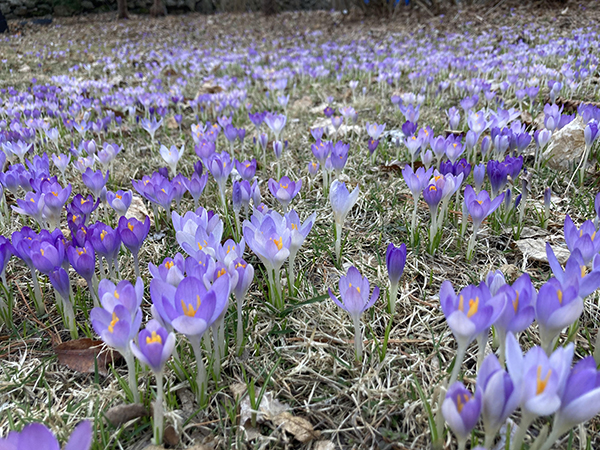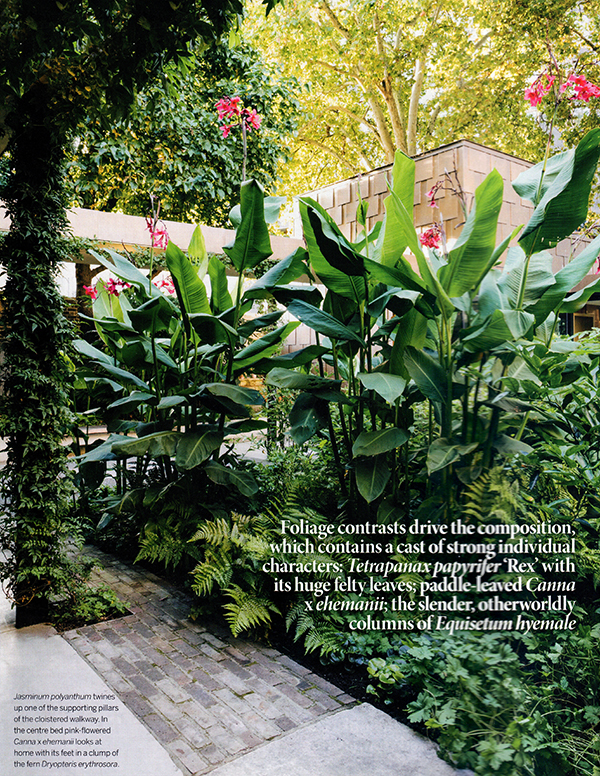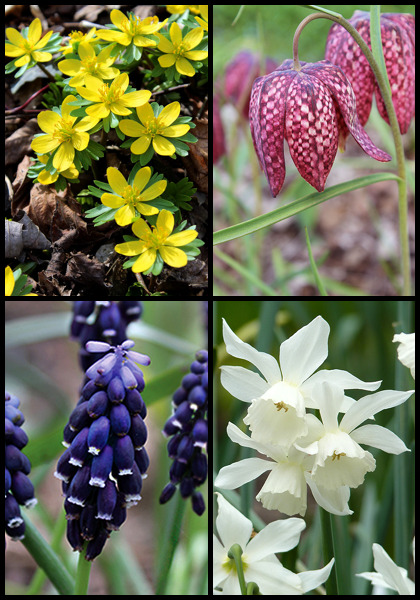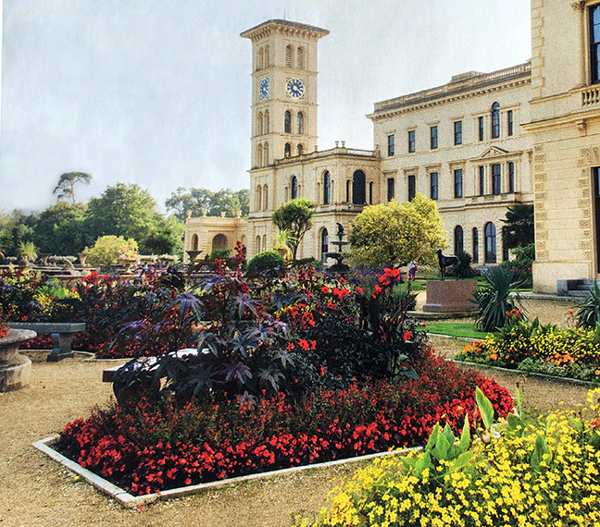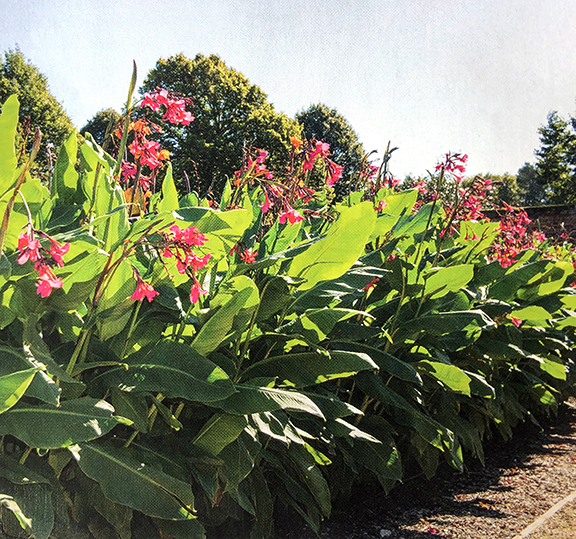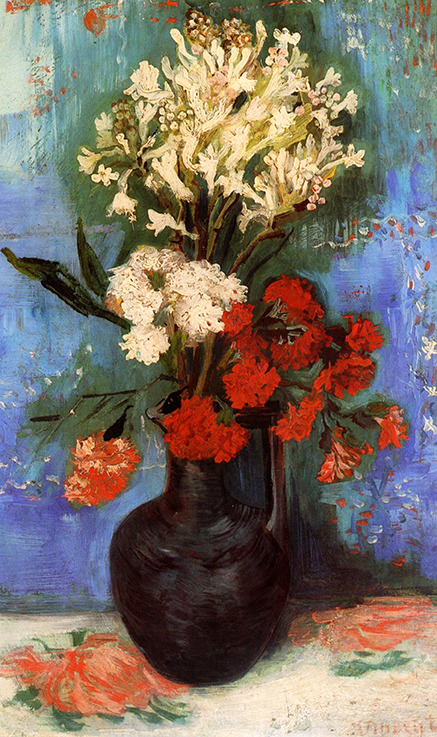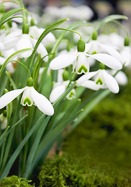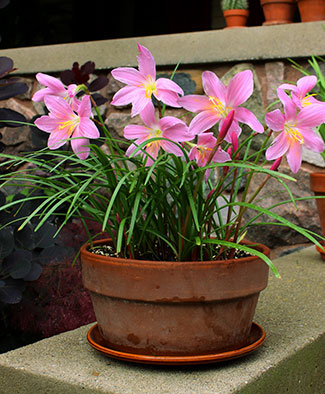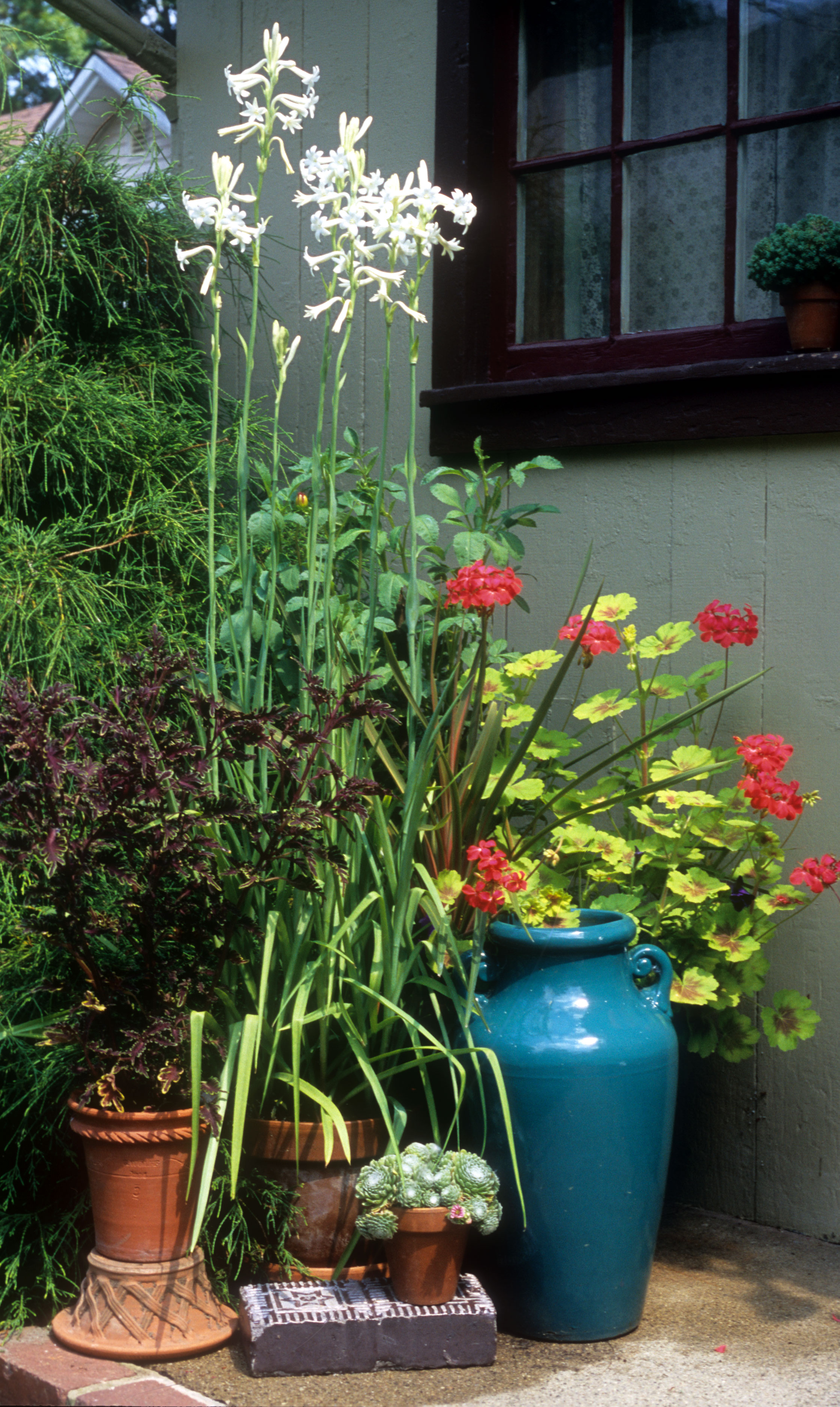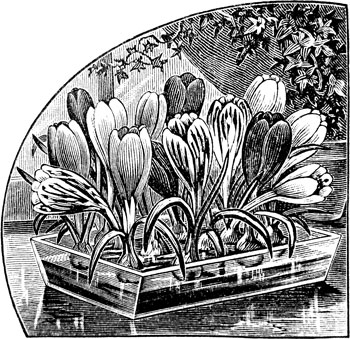“Everyone who has a garden, or a taste for flowers, knows the tuberose,” wrote C.L. Allen in his 1893 Bulbs and Tuberous-Rooted Plants.
“Its history, however, may not be known,” he continued. “The earliest account we have of [it] is in L’Ecluse’s History of Plants, from which we learn it was brought from the Indies by Father Theophilus Minuti, a Christian missionary, about the year 1530….”
“In Parkinson’s quaint old book, The Garden of Pleasant Flowers, published in 1629, we find the following description of it ...: ‘Hyacinthus Indicus major tuberosa radice, the greater Indian knobbed hyacinth.... The tops of the stalks are garnished with many fair, large, white flowers ... composed of six leaves [petals] lying spread open as the flowers of the white daffodil ... and of a very sweet scent, or rather strong and heady.’
“The double flowering variety was a seedling raised by Mons. Le Cour, of Leyden, in Holland, who for many years would not, under any circumstances, part with a root of it … in order to be the only possessor of so valuable a plant and which he considered the finest flower in the world.”
Other than that, Allen says, the tuberose has changed little and “the only change worthy a varietal name was a ‘sport’ discovered by John Henderson, of Flushing, N.Y., growing in his field, about 1870.” This was a double “of dwarf habit, and much larger flowers [which] he at once named the ‘Pearl’.”
Perhaps surprisingly, although “the cultivation of the tuberose bulb was for many years confined principally to the Italian nurseries, for the past twenty-five years they have been largely grown in the United States,” Allen says, and “the markets of the world are largely supplied with American-grown bulbs.” (Today a handful of American farmers still grow tuberoses. Our ‘Mexican Single’ bulbs, for example, come to us from an Illinois family farm where they've been grown for almost a century now.)
“For field culture, prepare the ground as if for a crop of potatoes,” he advises, and plant the bulbs “just below the soil surface; if covered too deep they are not as likely to flower.”
In greenhouses, “tuberoses can be had in bloom, with a little care, nearly the whole year,” but Allen cautions against “the too common practice of filling up every vacant place in the greenhouse with tuberoses” – an indication, I suspect, of their great popularity.
As for the home gardener, he explains that “the tuberose is a gross feeder, and succeeds best in a light loam, but will grow in any soil, providing it is moist and rich. Rich it must be, without regard to other conditions. Its complete requisites are heat, water, and manure. If these are proportionate, it matters not how much there may be, the plants will consume it, and by their growth show its importance.”
Today tuberoses are still as blissfully fragrant and easy to grow as they’ve ever been – and you can order our big, sure-to-bloom bulbs now for delivery in April.
